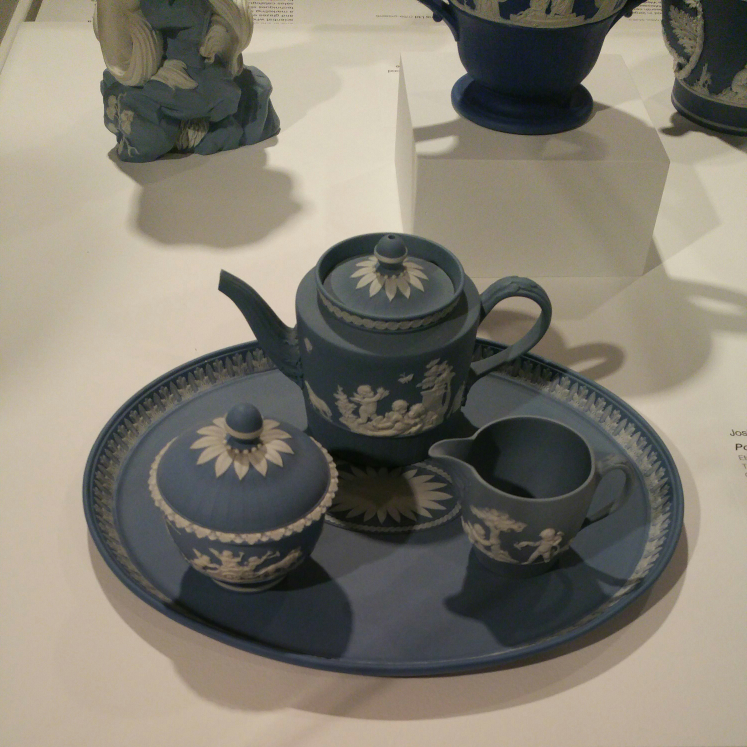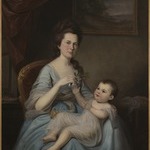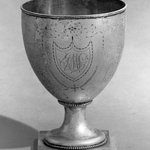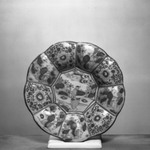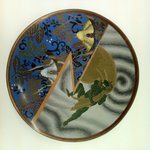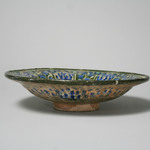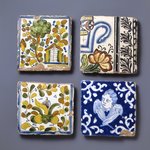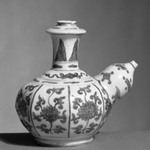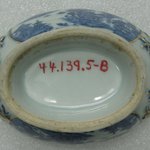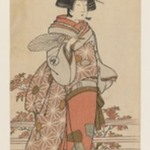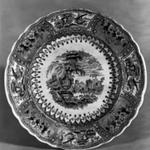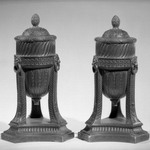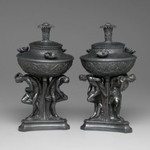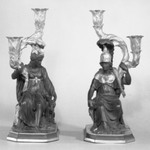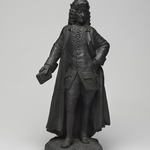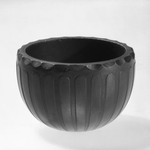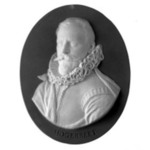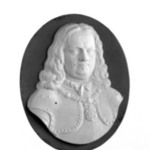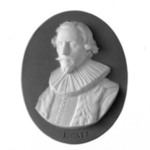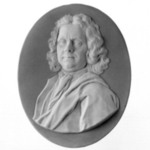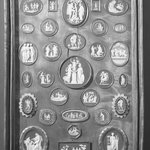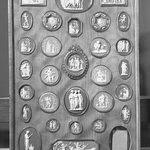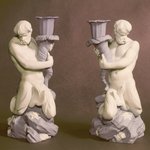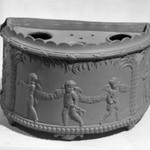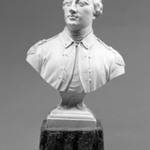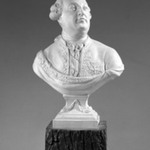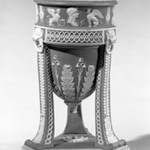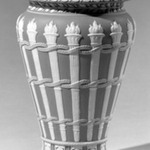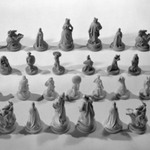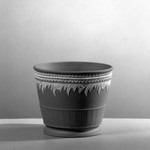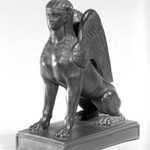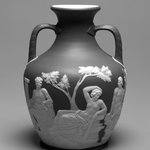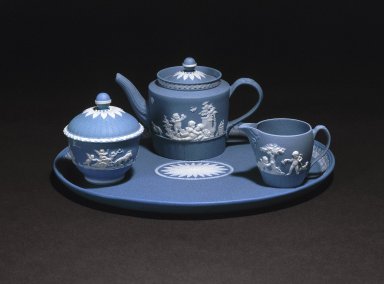
Tray, Part of A Jasper Tea Service
Decorative Arts and Design
MEDIUM
Tinted stoneware
DATES
ca. 1785
DIMENSIONS
5 x 12 x 10 in. (12.7 x 30.5 x 25.4 cm) (show scale)



COLLECTIONS
Decorative Arts and Design
ACCESSION NUMBER
61.199.69
CREDIT LINE
Gift of Emily Winthrop Miles
EXHIBITIONS
MUSEUM LOCATION
This item is not on view
CAPTION
Wedgwood and Sons (British, Staffordshire, 1759–present). Tray, Part of A Jasper Tea Service, ca. 1785. Tinted stoneware, 5 x 12 x 10 in. (12.7 x 30.5 x 25.4 cm). Brooklyn Museum, Gift of Emily Winthrop Miles, 61.199.69. Creative Commons-BY (Photo: , 61.199.69_61.199.70_61.199.71_61.199.74_SL1.jpg)
IMAGE
61.199.69_61.199.70_61.199.71_61.199.74_SL1.jpg.
"CUR" at the beginning of an image file name means that the image was created by a curatorial staff member. These study images may be digital point-and-shoot photographs, when we don\'t yet have high-quality studio photography, or they may be scans of older negatives, slides, or photographic prints, providing historical documentation of the object.
RIGHTS STATEMENT
Creative Commons-BY
You may download and use Brooklyn Museum images of this three-dimensional work in accordance with a Creative Commons license. Fair use, as understood under the United States Copyright Act, may also apply.
Please include caption information from this page and credit the Brooklyn Museum. If you need a high resolution file, please fill out our online application form (charges apply).
For further information about copyright, we recommend resources at the United States Library of Congress, Cornell University, Copyright and Cultural Institutions: Guidelines for U.S. Libraries, Archives, and Museums, and Copyright Watch.
For more information about the Museum's rights project, including how rights types are assigned, please see our blog posts on copyright.
If you have any information regarding this work and rights to it, please contact copyright@brooklynmuseum.org.
RECORD COMPLETENESS
Not every record you will find here is complete. More information is available for some works than for others, and some entries have been updated more recently. Records are frequently reviewed and revised, and we welcome any additional information you might have.



